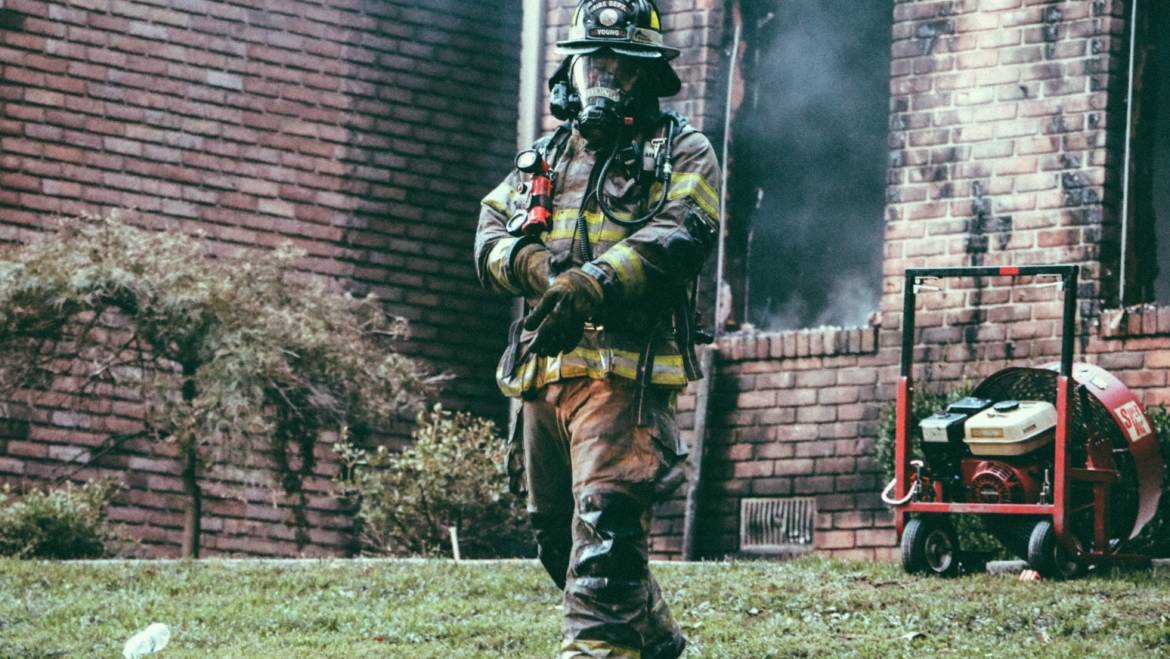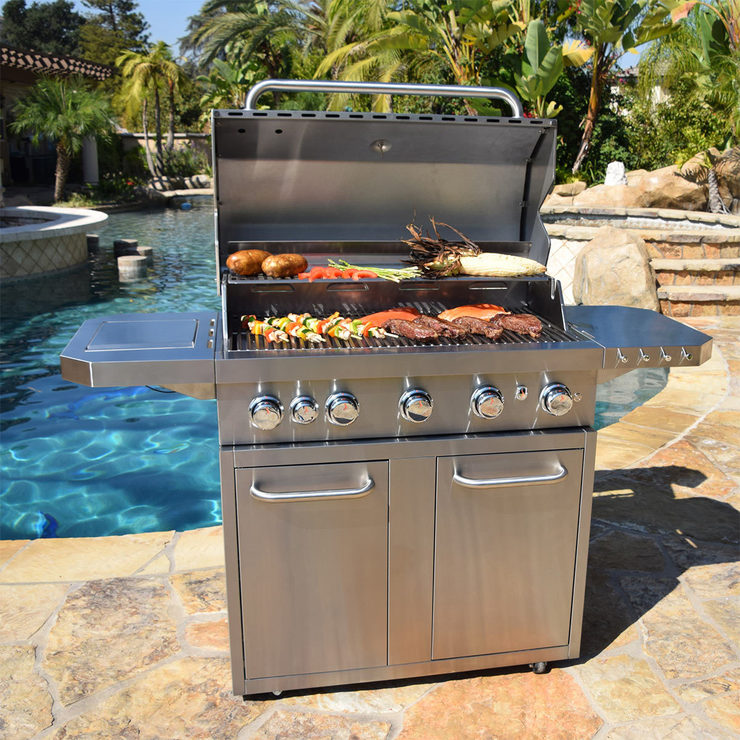Escape planning tips
- Pull together everyone in your household and make a plan. Walk through your home and inspect all possible exits and escape routes. Households with children should consider drawing a floor plan of your home, marking two ways out of each room, including windows and doors. Also, mark the location of each smoke alarm.
- A closed door may slow the spread of smoke, heat and fire. Install smoke alarms in every sleeping room, outside each sleeping area and on every level of the home. NFPA 72, National Fire Alarm Code® requires interconnected smoke alarms throughout the home. When one sounds, they all sound.
- When you walk through your plan, check to make sure the escape routes are clear and doors and windows can be opened easily.
- Choose an outside meeting place (i.e. neighbor’s house, a light post, mailbox, or stop sign) a safe distance in front of your home where everyone can meet after they’ve escaped. Make sure to mark the location of the meeting place on your escape plan.
- Go outside to see if your street number is clearly visible from the road. If not, paint it on the curb or install house numbers to ensure that responding emergency personnel can find your home.
- This is especially important when children are permitted to attend “sleepovers” at friends’ homes. See NFPA’s “Sleepover fire safety for kids” fact sheet.
- Be fully prepared for a real fire: when a smoke alarm sounds, get out immediately. Residents of high-rise and apartment buildings may be safer “defending in place.”
- Once you’re out, stay out! Under no circumstances should you ever go back into a burning building.
- If someone is missing, inform the fire department dispatcher when you call.
- Firefighters have the skills and equipment to perform rescues.
- Put your plan to the test.



